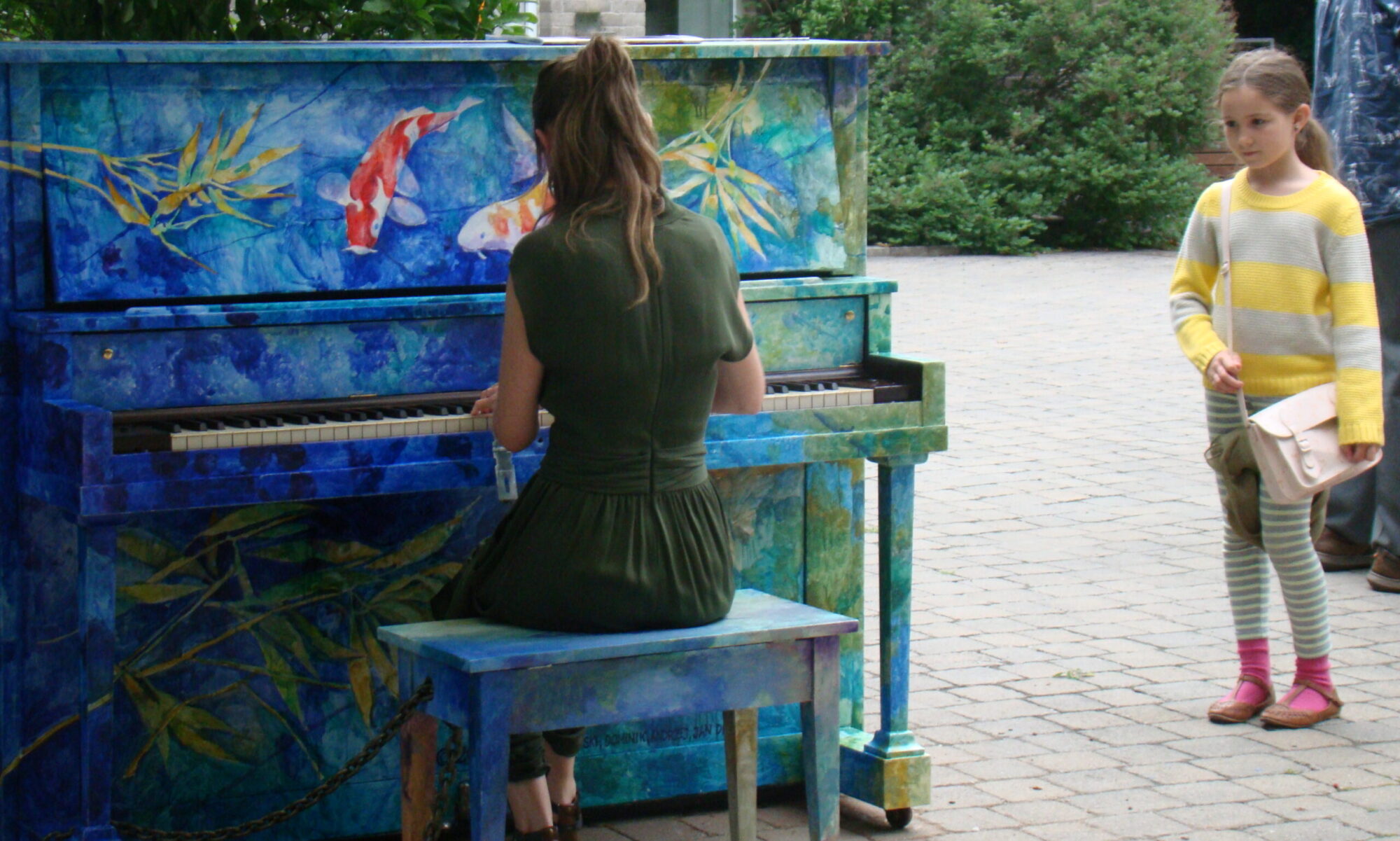
I decided to walk to work today. While this act may not seem revolutionary to many of my city-dwelling friends and colleagues, here in my neck of the woods, an outlying borough west of the City of Montreal, it is a highly unusual choice.
When I left home this morning and casually mentioned I’d be walking to work, my 14-year old son’s first reaction was incomprehension (actually more like “failure to compute”) and then disbelief, “But…. why?”
My place of work, the Pierrefonds-Roxboro borough hall, is exactly 3.8km from my home, according to Google maps. So what’s the big deal?
Anne Hidalgo, mayor of Paris, tweeted recently that Parisians walk more than 6km each day, on average. If Parisians do it, perhaps we should also do it, right? After all, books are written regularly on the French secret to : (name it) dieting, beauty, joy, youthfulness, happiness etc. etc.
But here’s what makes walking in Paris (or London, or New York, or downtown Montreal for that matter) an altogether different experience from walking in Pierrefonds-Roxboro: urban design. Just look at the photo above and you will instantly understand why people in outlying, suburban communities don’t walk. Everything in the layout and urban fabric tells you you’re not supposed to. The message is: if you’re not in your car, you are wrong.
My walk had two purposes. First, to simply enjoy the fresh air before sitting at my desk (I am not a fan of gym exercise, so I take my exercise when, where and how I can); second, to experience the route as a pedestrian. I firmly believe that those in charge of urban design decisions and city policies need to regularly experience their urban or suburban landscape firsthand as cyclists, pedestrians and public transit riders in order to fully appreciate the user experience of these different modes of transport.
Here is what I learned.
1. When you get out of your car, things happen. Good things and bad things: just things. For example, you may bump into someone you know (I bumped into three people I know: one mother dropping off her children at school and two city workers on their coffee break). You may also notice that certain intersections are very risky when you are actually trying to walk across the street vs zipping through that yellow light in your car.
2. Weather exists independently of your phone app. Sun, wind, rain, snow are much more “real” when you are out in the elements than simply cursing them from the comfort of your car.
3. Traffic is noisy. Yes cars are smelly and produce greenhouse gas emissions, but they are also very, very noisy. Walking next to a large 5-lane boulevard, I found the noise much more unpleasant than any other aspect, although having a delivery truck whoosh past at 70km/h leaving you coughing in a cloud of road dust is not very pleasant either.
4. Distances are shorter than they appear. And not just in your rearview mirror. The sprawling urban design of many modern cities, especially in their outlying neighbourhoods and boroughs is very, very boring and gives the impression of an endless trudge through an unending monotony of blank walls. Perhaps if urban designers took more walks, there would be more fun incorporated into design. And less distance between coffee shops.
5. Car-friendly and pedestrian-friendly cannot co-exist. For example, store entrances are wide and meant to accommodate cars coming in and out, making a pedestrian feel like a rabbit in a fox’s den, nervously dodging cars coming in and out and seemingly from all sides at once. And before even getting to the door, there is generally a vast expanse of parking to cross through, contributing to the feeling of being trapped in a lunar landscape or the lone human survivor of a zombie apocalypse.
Despite all of this negativity, I would like to come back to my number one observation: when you get out of your car, things happen. By walking, one is allowed to experience time in a more natural way, instead of experiencing it in the stressful tyranny dictated by traffic-light and road congestion management. And rather than shuffling from the warm comfort of one’s home to the warm comfort of an overheated car and from there directly into a climate-controlled office environment, you are out in the elements, where things can happen: like rain, or bumping into a friend.
Lastly, if more of us walked, maybe, just maybe cities would start designing around the needs of pedestrians rather than the needs of automobiles. And maybe, just maybe, we’d all get to work a little less stressed and a little more at one with the world, the one that we actually live in, with all of its beauty and flaws.
